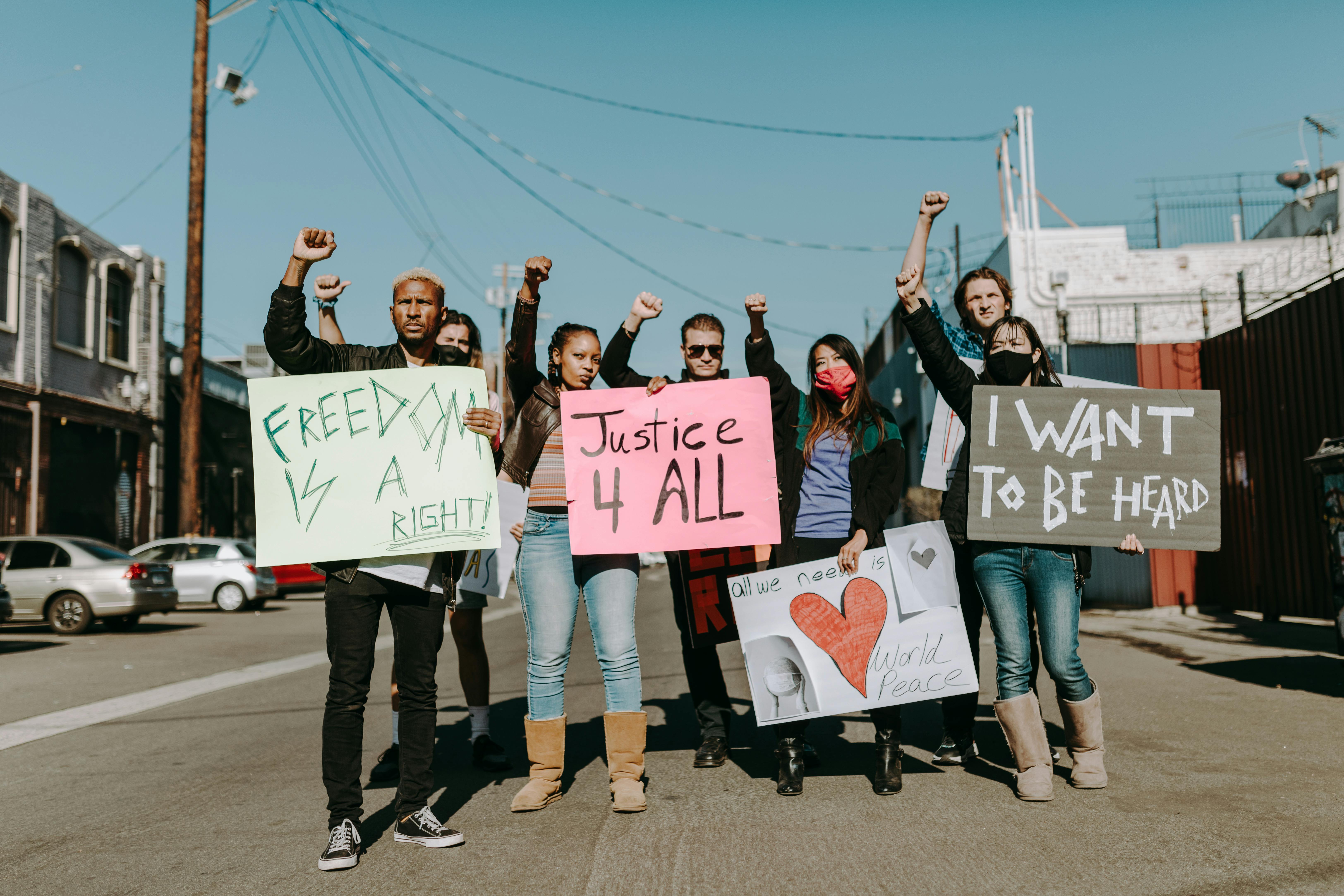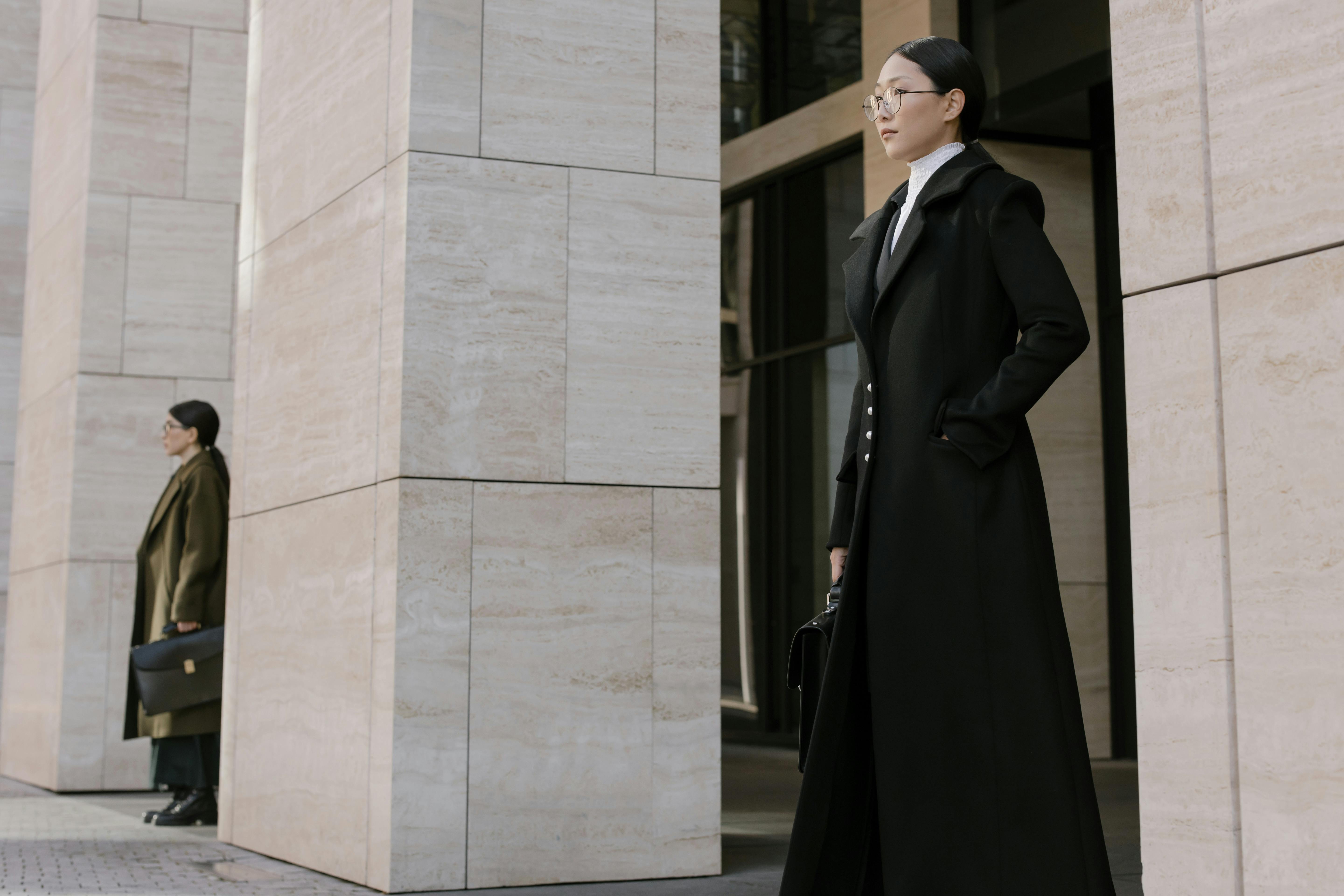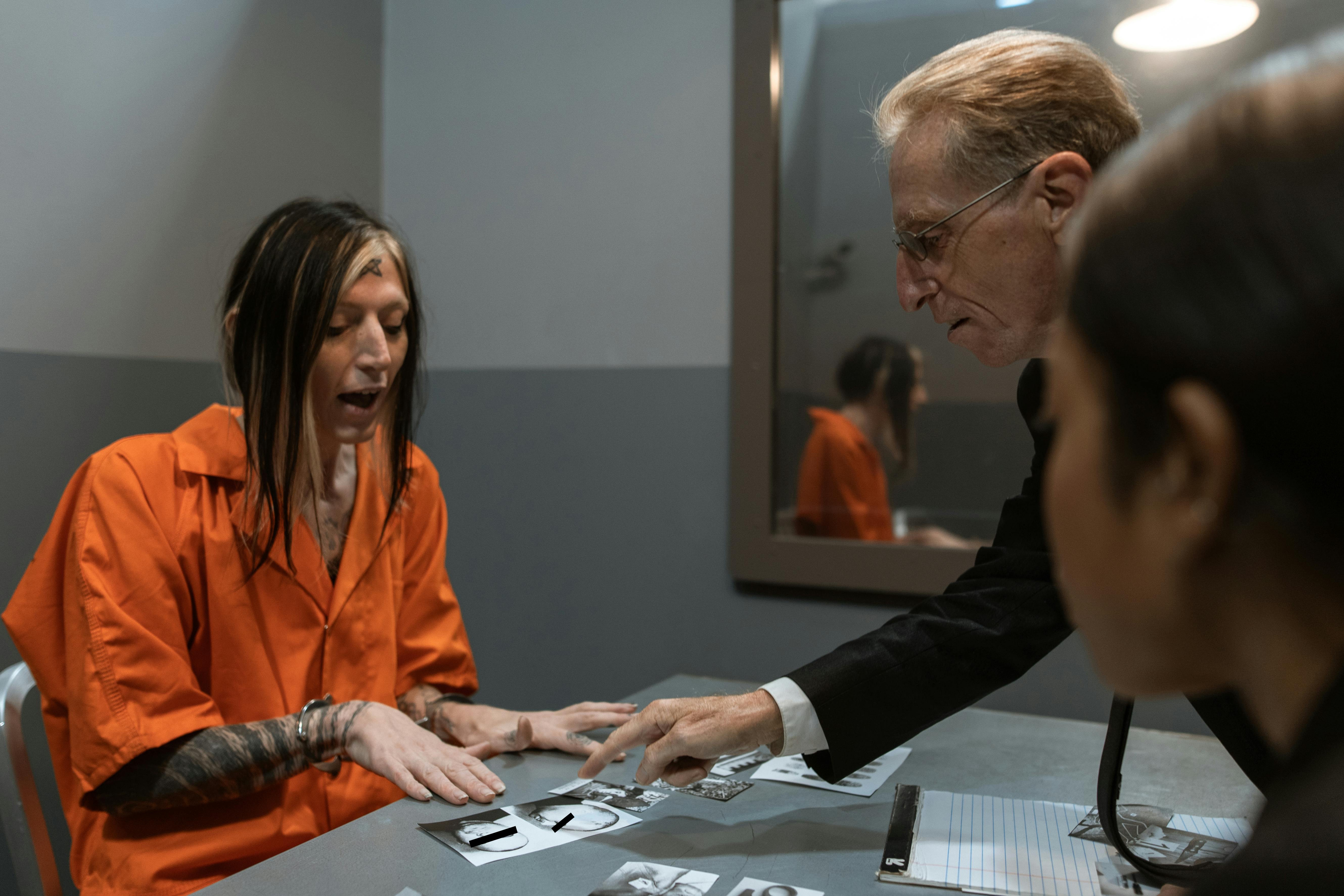The latest news about the return of the famous Broadway musical Evita with Ricky Martin in a leading role has the entertainment press in a frenzy. However, many of us still wonder who Evita is, what she did, and why she deserves her own musical.
María Eva Duarte de Perón (1919-1952) was the second wife and political partner of President Juan Perón (1895’1974) of Argentina. She is also popularly known by the affectionate Spanish diminutive Evita, which translates as “Little Eva.” Still a very popular figure in Argentina and a global icon due to the books, movies and musicals based on her life, she is considered by many to be comparable to another global superstar, Princess Diana of England. Here we look at the similarities and differences of both women to see if the comparison is warranted.
It is fair to say that both Evita and Diana, despite living almost 50 years apart on different continents, had similarities;
– Both married powerful men, Diana with Prince Carlos and Evita with Colonel Juan Perón. They met in 1943, when Perón had assumed the position of Secretary of Labor and Social Welfare in the military government that had just come to power. Two years later they were married in 1945 when Evita helped Perón get out of prison after his imprisonment by the military opposition. Perón’s 1946 presidency took over shortly thereafter, and Evita’s close relationship with Perón gave her access to much power.
– Both Diana and Evita shared an affinity for the poor and the sick; During the 1946 presidential campaign, Evita directed her efforts toward the “descamisados” (the shirtless poor) and her efforts for women’s suffrage saw laws passed in 1947 allowing women to vote in the 1951 elections for the first time. time in history. She also spent several hours every day meeting poor people and visiting hospitals, orphanages, and factories. Additionally, she oversaw the newly created Ministry of Health, which built many new hospitals and established a successful program to combat different diseases.
– Like Diana, Evita was a figure constantly in the public eye. As a result, she, like Diana, was immensely fashion conscious. Her clothing and hairstyle were avidly studied, commented on, and copied.
– Both women died young, Evita from cervical cancer at the age of 33. In both cases, there was a great outpouring of public grievances. All activity in cease Argentina; movies stopped playing; restaurants were closed and customers were showing up at the door. The crowd outside the official presidential residence after the announcement of her death was so dense that the streets were congested for ten blocks in each direction. The streets of Buenos Aires overflowed with flowers that were piled up in huge piles, and the day after Evita’s death, all the flower shops in Buenos Aires had sold out.
– Just as Diana’s legacy and reputation have endured after her death, Evita’s death does not seem to have stopped her international fame. In 1980, the Andrew Lloyd Weber and Timothy Rice musical “Evita” won a major award and she began to roll the ball for her popularity to rise. After a production delay of almost 20 years, Madonna was cast in the title role of the film version, which brought Evita to the forefront of international audiences more than 50 years after her death.
Yet for all the similarities, Diana and Evita shared some fundamental differences;
– Born into a single family of 5 children, Evita’s background was humble, to say the least. Her father left her mother a year after her birth and as a result of impoverishment from the loss of her income, the family moved to the poorest part of her city. To support herself and her children, Evita’s mother sewed clothes for the neighbors. The family was stigmatized by the abandonment of her father, especially since Argentine law disapproved of illegitimate children.
– Evita’s strong political involvement during most of her public life distinguishes her significantly from Diana. Despite using it as a platform for humanitarian agendas, she also opened it up to criticism, as the Perón administration was seen by many as fascist and ruthlessly suppressed political opposition to an authoritarian centralized government.
– Diana was well known for raising money for charitable causes, just as Evita did, but questions surrounded the money Evita raised for some causes. Many claim that she extorted large sums of money from wealthy businessmen through intimidation. She was also accused of saving money for her own purposes, buying jewelry and dresses. Her European tour in 1947, a highly publicized event in which Evita visited various heads of state, was ridiculed by some as an excuse to deposit funds into a Swiss bank account, part of which was supposed to be earmarked for donations. charitable
Whatever the comparisons, Evita certainly stands out as a unique historical figure who managed to achieve phenomenal, near-sainthood popularity among the Argentine lower classes; visitors to Argentina can still see Evita’s enduring effect on the country. It is said that in many houses, Evita’s image is on the wall next to the Virgin Mary. On July 26, 2002, on the 50th anniversary of the death of Eva Perón, a museum named “Museo Evita” was inaugurated in Buenos Aires in her honor. The museum, which was created by her great-niece Cristina Álvarez Rodríguez, houses many of the clothes, portraits and artistic representations of the life of Eva Perón.



